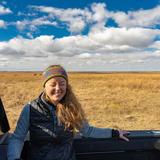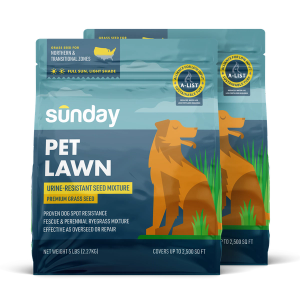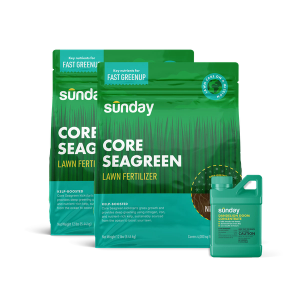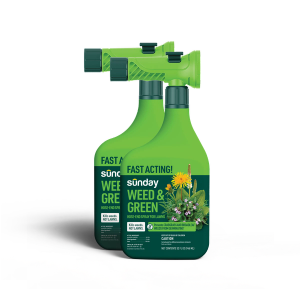What does Dollar Spot look like?
Look for round, brown to straw-colored circular spots approximately 1–6" in diameter that may grow together to form large, irregularly shaped areas. The lesions are white or light tan with reddish-brown margins (except on bluegrass). If untreated, spots will overlap each other. Mycelium may be visible in the morning in all stages of Dollar Spot.
Susceptible species and conditions
Susceptible species: All major grass species. Especially prevalent in bentgrass, fine fescue, bermudagrass, zoysia, and bluegrass.
Favorable Conditions: Dollar spot is favored by temperatures between 70° to 80°.F It needs moisture to establish, but once established, it can continue growing even in periods of low moisture.
Control
While primarily used for weed control, our Dandelion Doom is an effective means of treating Dollar Spot*. The fungi doesn’t like excessive amounts of iron, the key ingredient in Dandelion Doom.
*Not currently registered for this disease in California Photo Credits: Florida Division of Plant Industry, Florida Department of Agriculture and Consumer Services, Bugwood.org Kevin Mathias, Bugwood.org



















